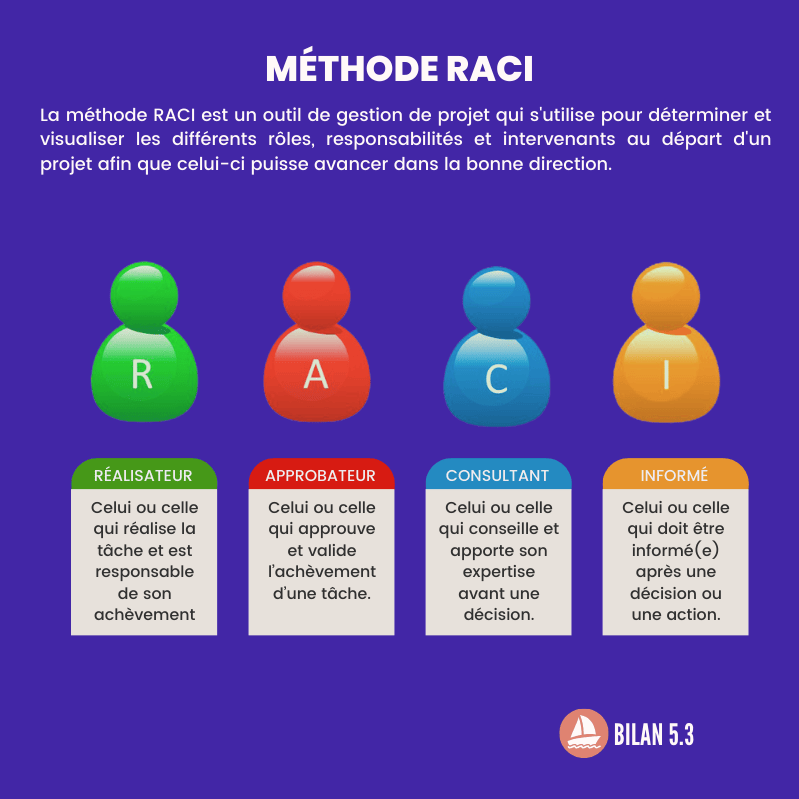Taking giant steps to make radical changes in our lives is motivating, but once the excitement wears off, it rarely gets very far. Look at the New Year’s resolutions… The small steps method (or Kaizen method) is a way to change gently to obtain results.
You know the Italian proverb ” Chi va piano va sano e va lontano which reminds us that he it is better to start slowly and reach your goalrather than rushing and running the risk of going straight to failure.
That’s kind of our philosophy for moving forward in life. We gladly use the small steps method, known in the industry as “the Kaizen Method”.
One small step every day
If this method was born in Japanese companies, it is actually a state of mind which can be applied to each of us, in our personal life, to achieve the objectives we have set ourselves.
” Kaizen is the fusion of the two Japanese words “Kai” and “Zen” which mean “change” and “better” respectively. The most common French translation is therefore “continuous improvement”.
The small steps method tells us that each progress, however small, towards the goal we have set is a positive development that brings us closer to the goal.
The Kaizen method assumes that big results come from small changes successive over time. It consists of taking small steps, at regular intervals, to move forward.
Be careful, we do one at a time and we repeat it daily to try to set up a habit. The reasoning here is that it’s better to take one small step every day for 20 days than ten steps the first day and none the next 20!
Kaizen was born in Japan in the post-war years to allow the reconstruction of Japanese industry. It was later theorized in the 80s by Masaaki Imai, founder of theKaizen Institutefor improve production processes big companies like Nipponica or Toyota.
A state of mind to progress smoothly
Beyond industry, this method actually reflects a state of mind which can be applied to each of us, in our personal life, to achieve the objectives we have set ourselves.
One of the interests of the Kaizen method lies in the fact that it allows us to accept the possible failures. If we fail one day, it doesn’t matter because we will have the opportunity to start again (and do better) tomorrow. Thanks to small daily changes, we are moving in the right direction.
The Kaizen method is results-oriented. We are more concerned with the question of ” How? ‘Or’ What » than that of « why “. We are looking for concrete solutions and practices rather than spending (wasting?) time analyzing the causes. Less brain juice and more action!
We are moving forward, of course, but by first setting objectives… attainable as we will see in the next chapter.
The Kaizen method of course begins with the definition of a SMART goal (we will see this in the next chapter). For example, you want to improve in a specific area such as managing a budget, overcoming your shyness, quitting smoking, learning Japanese, reducing your carbon footprint or becoming a vegetarian.
Read also:
The right method to succeed in everything you do
How to achieve your goals this year?
The objective, an essential notion when you want to lose weight
10 great ideas to boost your physical activity
How to set a SMART goal?
Then, you cut your into several short and easy to implement steps. You must be able to move forward daily without the risk of becoming discouraged. Preparation and prioritization of tasks are key steps for the future and business success. To prepare it well, it is best to consult, online, tutorialsdiscussion forums and testimonials that match your goal.
Then, you start by setting up one change at a time. The idea of small daily steps is to give yourself time to progress. You will therefore focus on one step at a time with the aim of making it a (good) lasting habit.
The small steps method in practice
Let’s say you set yourself the goal of losing weight. As you have no desire to follow a draconian slimming diet, you allow yourself three months to lose 10 kg. You must therefore lose between 800 grams and one kg per week; it is both realistic and achievable.
What small daily steps are you going to put in place to implement the small steps method (Kaizen)?
You will first get used to weigh yourself every day. Next, you are going to make small daily changes to your lifestyle. You will pay more attention to your balanced diet and your level of physical activity.
If you spend most of your day sitting at a desk, you will manage to move more. You are therefore going to draw up a list of activities that go in this direction. For example: take a walk every morning, always take the stairs, park a little further away, vacuum every day, go to work by bike…
These changes may be minor as long as they contribute to the goal. You can take the stairs instead of the elevator once a day for the first week, add a morning walk the second week, do more cycling trips from the third week, etc.
Furthermore, each of these daily activities may change in duration or intensity over time. For example, your morning walk can go from 10 to 15 minutes, then from 15 to 20 minutes.
After two weeks, apply this same logic to changes in your diet. For example: keeping a food diary, replacing sugary drinks with water, increasing the share of fruits and vegetablesstop buying prepared meals, limit desserts to two per week, etc.
It’s up to you to determine what makes sense in relation to your goal. Always start with easy actions and then continue to accumulate activities day after day.












